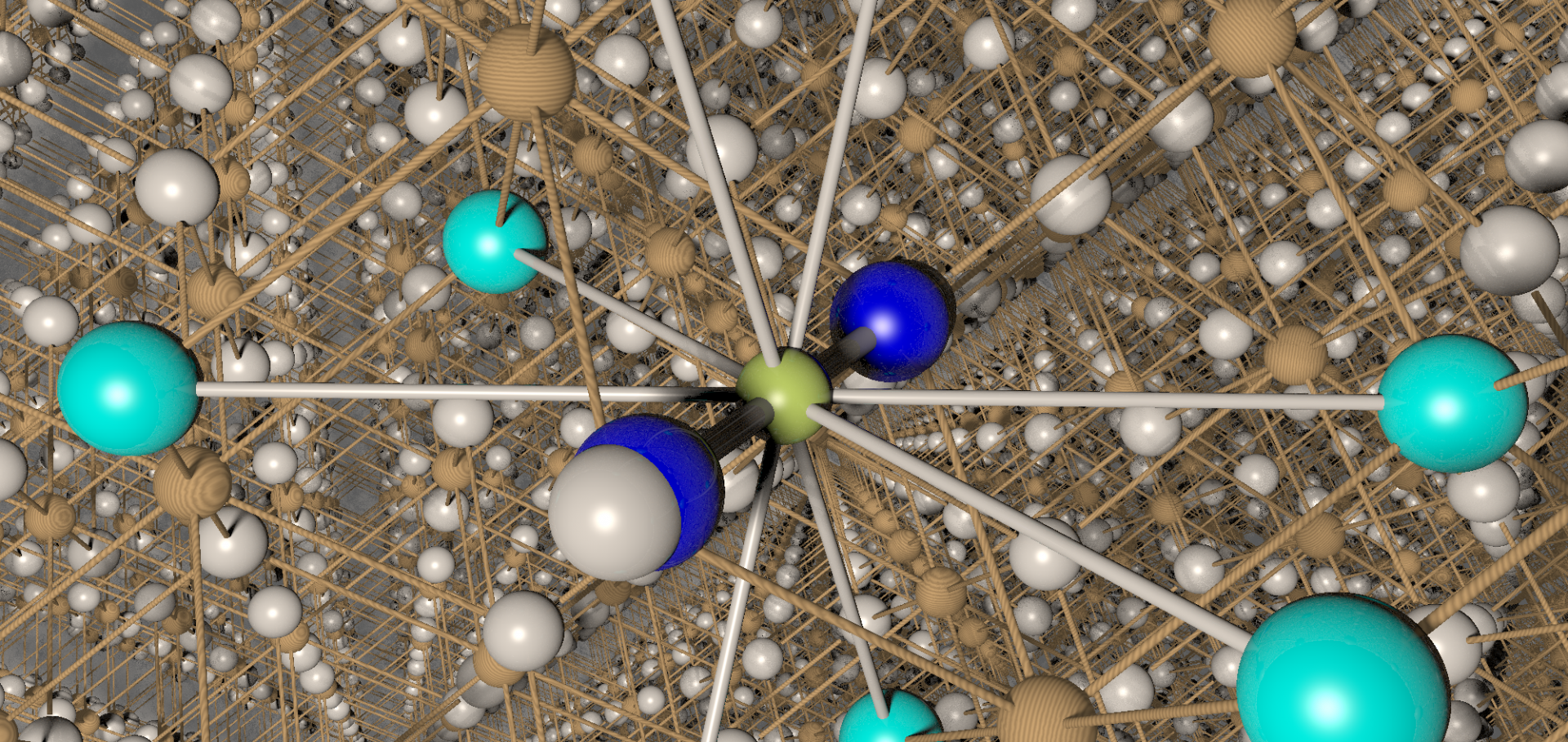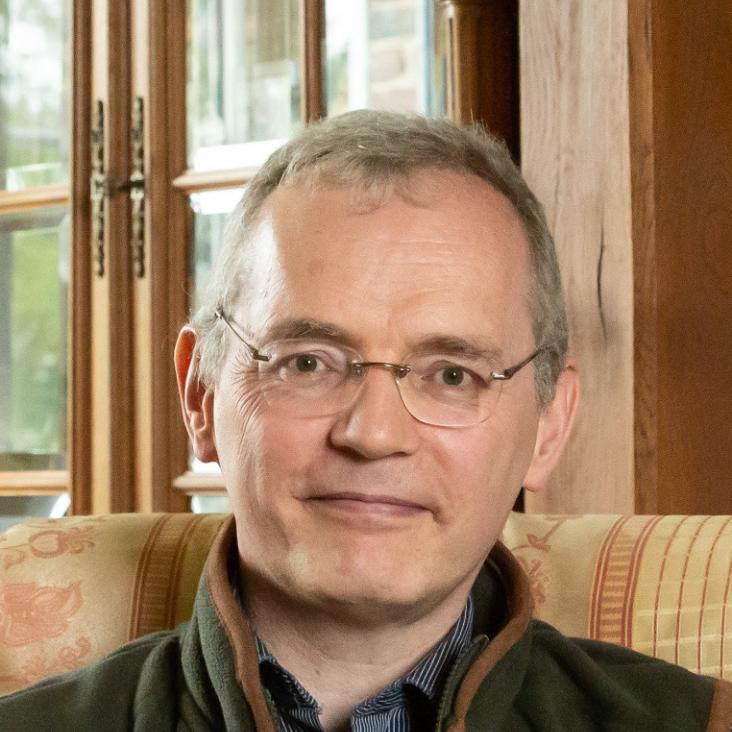The parent Li(OH)FeSe phase of lithium iron hydroxide selenide superconductors
Inorganic Chemistry American Chemical Society 55:19 (2016) 9886-9891
Abstract:
Lithiation of hydrothermally synthesized Li1-xFex(OH)Fe1–ySe turns on high temperature superconductivity when iron ions are displaced from the hydroxide layers by reductive lithiation to fill the vacancies in the iron selenide layers. Further lithiation results in reductive iron extrusion from the hydroxide layers which turns off superconductivity again as the stoichiometric composition Li(OH)FeSe is approached. The results demonstrate the twin requirements of stoichiometric FeSe layers and reduction of Fe below the +2 oxidation state as found in several iron selenide superconductors.Bimetallic MOFs (H3O)x[Cu(MF6)(pyrazine)2]·(4 - x)H2O (M = V^4+, x = 0; M = Ga^3+, x = 1): co-existence of ordered and disordered quantum spins in the V^4+ system.
Chemical Communications Royal Society of Chemistry 52:85 (2016) 12653-12656
Abstract:
The title compounds are bimetallic MOFs containing [Cu(pyz)2]^2+ square lattices linked by MF6^n- octahedra. In each, only the Cu^2+ spins exhibit long-range magnetic order below 3.5 K (M = V^4+) and 2.6 K (M = Ga^3+). The V^4+ spins remain disordered down to 0.5 K.Quantum-critical spin dynamics in a Tomonaga-Luttinger liquid studied with muon-spin relaxation
(2016)
La2SrCr2O7: Controlling the tilting distortions of n = 2 Ruddlesden-Popper phases through A-site cation order
Inorganic Chemistry American Chemical Society 55:17 (2016) 8951-8960
Abstract:
Structural characterization by neutron diffraction, supported by magnetic, SHG, and μ(+)SR data, reveals that the n = 2 Ruddlesden-Popper phase La2SrCr2O7 adopts a highly unusual structural configuration in which the cooperative rotations of the CrO6 octahedra are out of phase in all three Cartesian directions (ΦΦΦz/ΦΦΦz; a(-)a(-)c(-)/a(-)a(-)c(-)) as described in space group A2/a. First-principles DFT calculations indicate that this unusual structural arrangement can be attributed to coupling between the La/Sr A-site distribution and the rotations of the CrO6 units, which combine to relieve the local deformations of the chromium-oxygen octahedra. This coupling suggests new chemical "handles" by which the rotational distortions or A-site cation order of Ruddlesden-Popper phases can be directed to optimize physical behavior. Low-temperature neutron diffraction data and μ(+)SR data indicate La2SrCr2O7 adopts a G-type antiferromagnetically ordered state below TN ∼ 260 K.Robustness of superconductivity to competing magnetic phases in tetragonal FeS
(2016)


